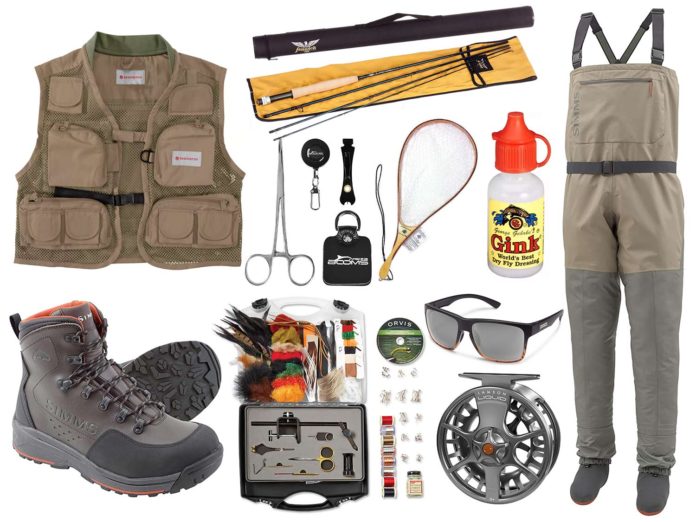Your first year of flyfishing is going to be an adventure. But I’m not going to lie to you, it can also be frustrating—and it will be more so without the right gear. That said, you don’t need to spend thousands of dollars to get quality equipment to serve you during and beyond your first season. There are places to splurge and places to save money, but for now, the most important thing is just getting out there. The following list is all about that. It’s got the right stuff to put you on the water, and it’s affordable enough that you’ll have money left over to pay for casting lessons.
1. Simms Tributary Waders
The Tributary Waders are comfortable, lightweight, and well constructed. Simms
BUY NOW
Simms makes some of the best waders in the world. Their top-of-the-line models are the choice of fishing guides everywhere, and they don’t come cheap. But Simms created the Tributary Waders for entry-level anglers. For less than $200, you get a breathable lightweight stocking-foot wader with a big front pocket, a fleece-lined hand-warmer pocket, and the same warranty as Simms’ flagship models. The Tributaries are roomy enough for layering clothes underneath if the water is cold, and in hot weather, they won’t weigh you down. The seams are sewn on the front instead of along the inseam of the leg, so they have less of a chance of wearing out where your legs rub together. They also are a great back-up pair if you end up buying more expensive waders down the line, and they’re excellent for warm-weather duck hunts. $179 for adults and $139 for kids; simmsfishing.com
2. Simms Freestone Boots
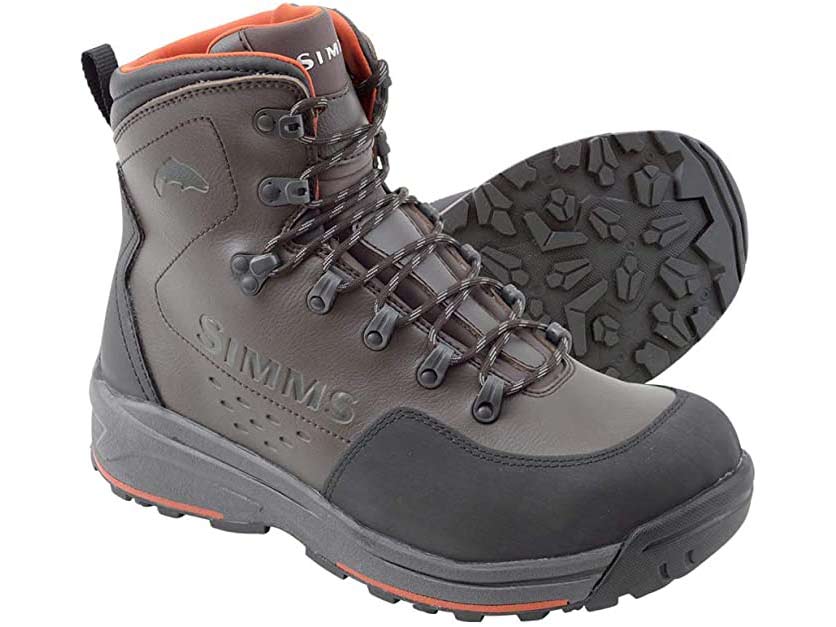
Get a sturdy rubber-soled wading boot with plenty of ankle support. Simms
BUY NOW
This is a mid-tier wading boot, but it’s important to spend a little money here. You’re going to be walking around on slippery rocks, and there are plenty of opportunities to twist an ankle. A pair of boots like the Freestones gives you support, yet are lightweight enough that they won’t tire you out. They also accept screw-in studs to give you extra grip. Simms offers them with a felt sole, but I recommend getting the rubber because felt soles are banned on some streams. Get a size up so you have room to wiggle your toes. $169; simmsfishing.com
3. Fenwick Aetos Fly Rod
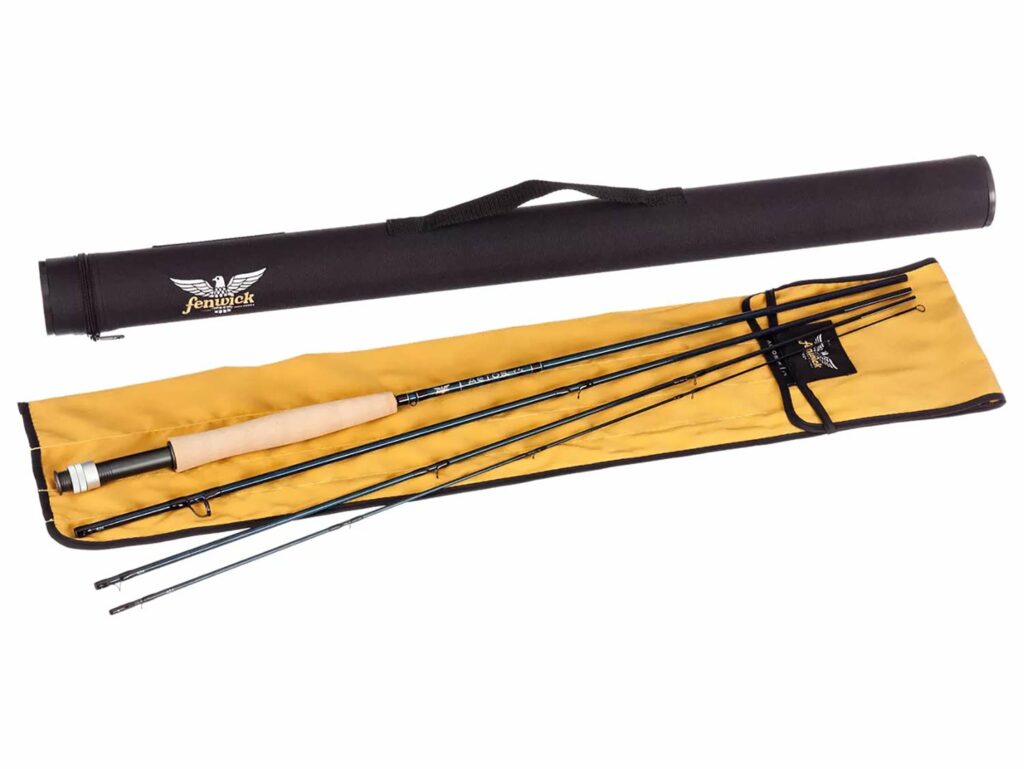
The Fenwick Aetos is a good, general-purpose rod that you won’t outgrow. It has a crisp fast-action and a solid fit-and-finish. There are white lines and dots where the four rod sections join together to help you line up the guides. Get a 9ft, 5wt. It’ll handle a wide range of freshwater fish, from brown trout to bluegills. $189; fenwickfishing.com
4. Waterworks-Lamson Liquid Reel
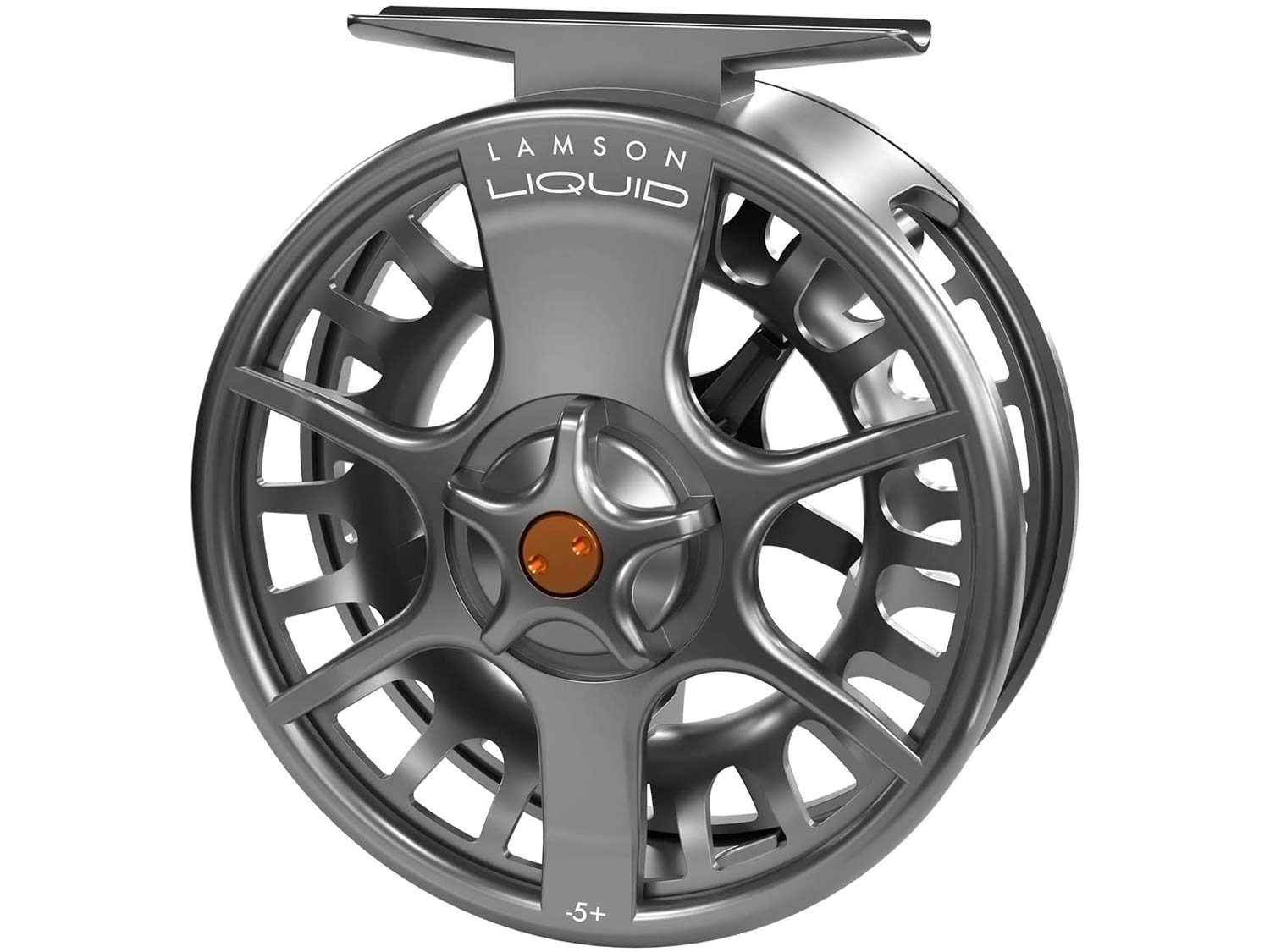
You can buy the Liquid by itself or with three spools for an extra $69. Waterworks-Lamson
BUY NOW
Most companies are making good reels in the $100 to $200 price range these days, and it pays to take a trip to a fly shop to get a feel for what kind of reel you’d like. But a good place to start is the Lamson Liquid. It has an adjustable, fully-sealed conical drag system, and an anodized finish to resist scratches and scuffs. Lamson sells the reel by itself or in a kit with three spools—letting you pre-load spools with different kinds of line for different fishing situations. It’s a die-cast reel (which some picky anglers frown upon), but the components are cast overseas and then machined and assembled in Boise alongside Lamson’s higher-end models. $100 for the reel and one spool, or $169 for the 3-spool kit; waterworks-lamson.com
5. Creative Angler Fly Fishing Net
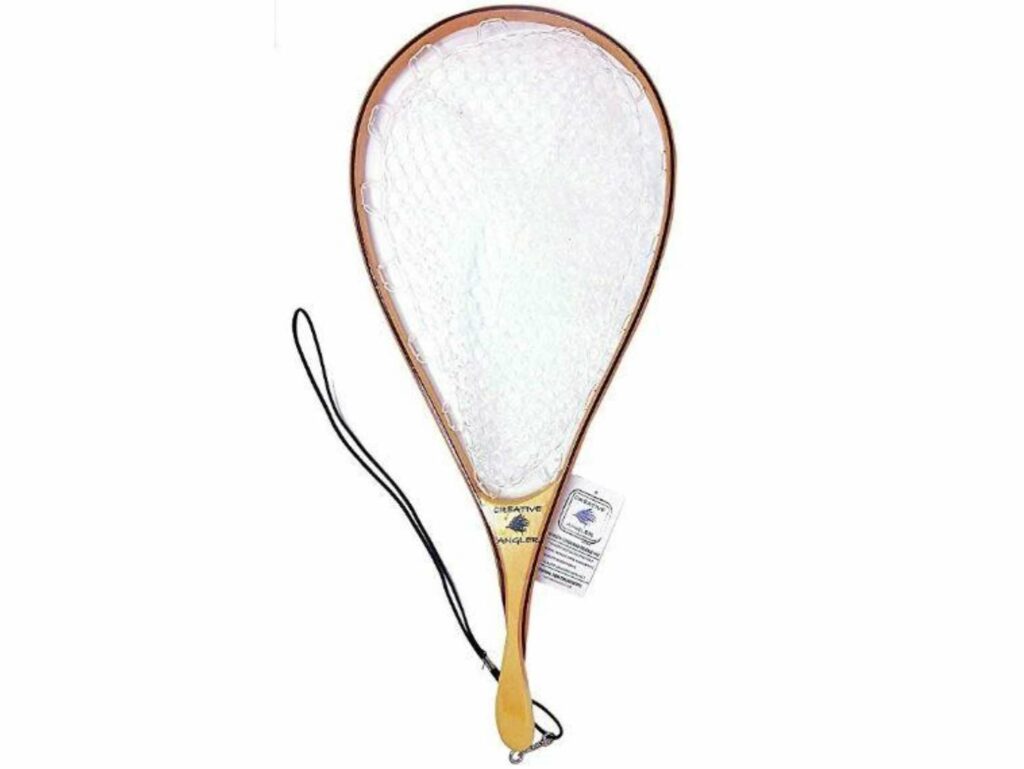
You don’t absolutely need a net, but it helps—especially if you hook a big one. There’s no need to go crazy here. All nets do the same thing. Some are lighter than others, but the main thing is that you get a rubber basket because it’s easier on the fish. This net from Creative Angler has just that. Tie it to your wader belt or loop it over your shoulder with a piece of shock cord so it won’t drift down the river when you’re not paying attention. $29
6. Orvis Premium Fly-Tying Starter Kit
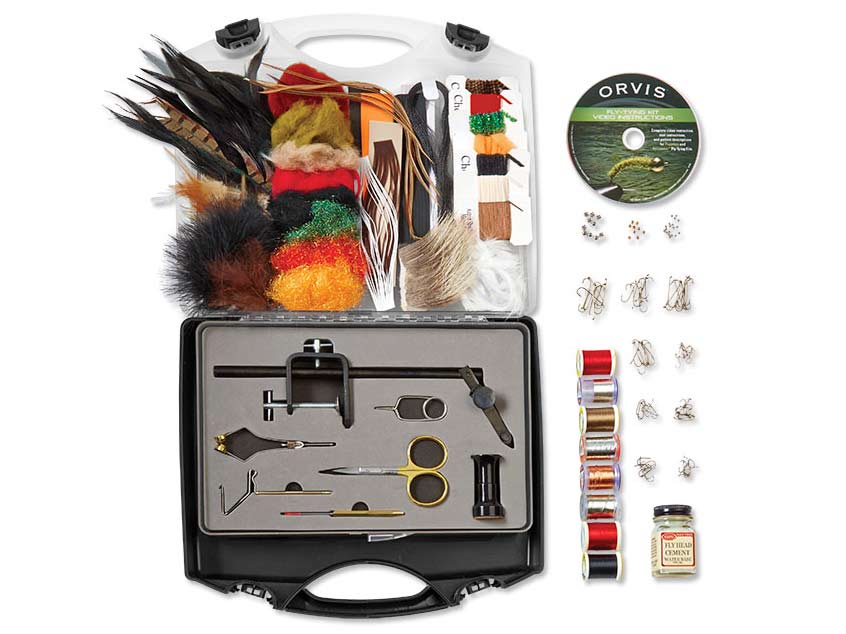
You don’t have to start tying flies in your first year of fishing, but it’s a great way to keep your fly box full. Orvis
BUY NOW
One fly doesn’t cost a lot of money, but boxes and boxes of them do. Although It’s not essential that you get a fly-tying kit in your first year, it will help you save money, and you’ll get to enjoy the satisfaction of catching fish on a fly you tied yourself. It also gives you something to do in the offseason. Orvis includes an instructional DVD with this kit, (there are plenty of video tutorials online, too) along with enough materials and hooks to tie 160 flies. The materials are labeled for each pattern, and the kit has all of the tools you need to get started. $198; orvis.com
7. Suncloud Rambler Sunglasses
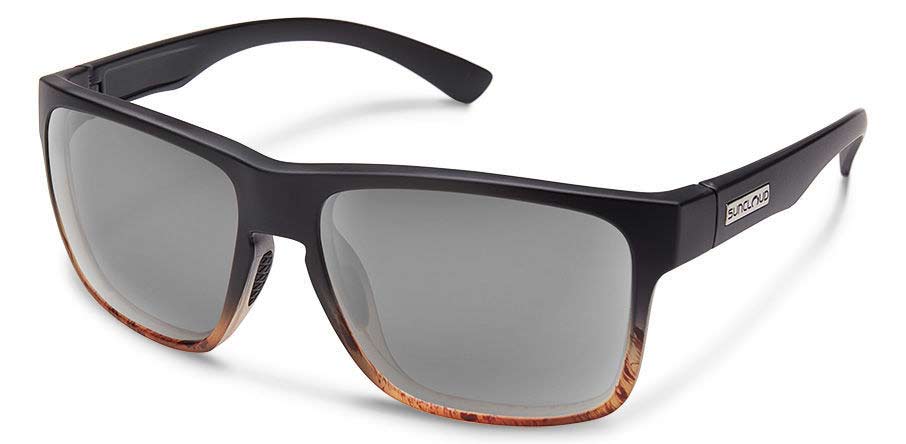
Sunclouds are the best budget polarized glasses I’ve found. Suncloud
BUY NOW
Polarized sunglasses are essential for two reasons: They cut glare on the water so you can see fish, rocks, and underwater obstacles, and they keep hooks out of your eyes. When you cast, your fly can travel as fast as 600 feet per second. A gust of wind or a sloppy backcast and that sharp little hook is headed straight for your cornea. You can spend hundreds on good polarized glasses, or you can buy a pair of Sunclouds. Suncloud has dozens of styles and none of them are more than $60 (except for their reading glasses). The lenses are made of injection-molded polycarbonate and the polarization is comparable to high-end brands. They’re also lightweight, comfortable, and pretty stylish. $54; suncloudoptics.com
8. Barnsley Fly Co. Fly Box + 100 Flies
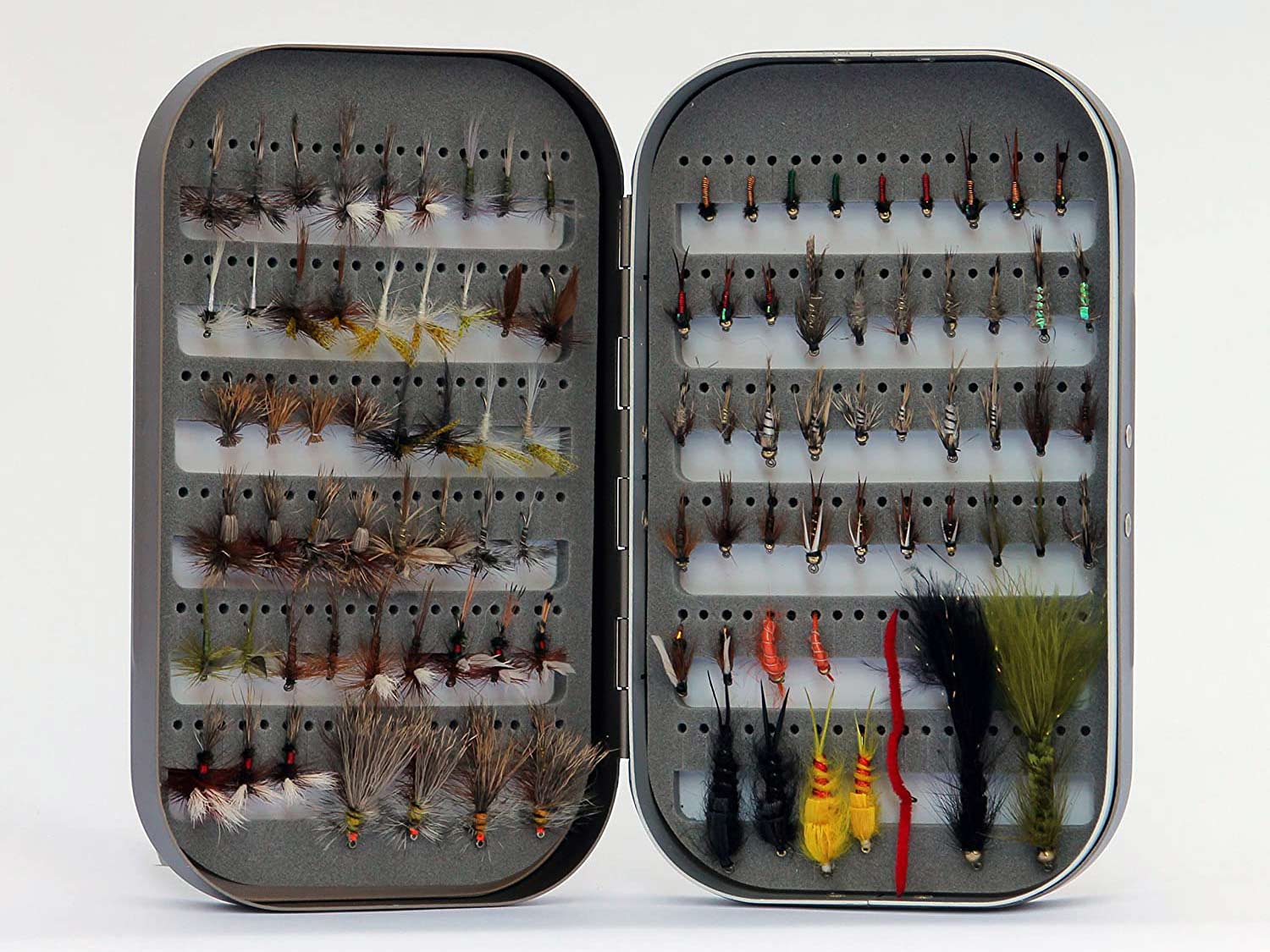
If you don’t live near a fly shop, this kit from Barnsley is a good way to get started. Barnsley Fly Co.
BUY NOW
The best way to buy flies is at your local fly shop. They’ll know what’s working and what isn’t for the area you’re fishing. They also need our support. But, if you don’t have one of these shops nearby, the Barnsley Fly Company will get you set up. Their 100-fly package has good quality streamers, nymphs, and dry patterns all in a nice metal box. And after you lose all of your flies in tree branches and under rocks, you’ll still have the box. Barnsley includes multiple sizes of the same fly in this kit, which is great because fish who turn down a fly will often hit the same pattern of a different size. $71 barbed, $73 barbless; barnsleyflyco.com
Read Next: 10 Things to Know Before Your First Season of Flyfishing
9. Gink
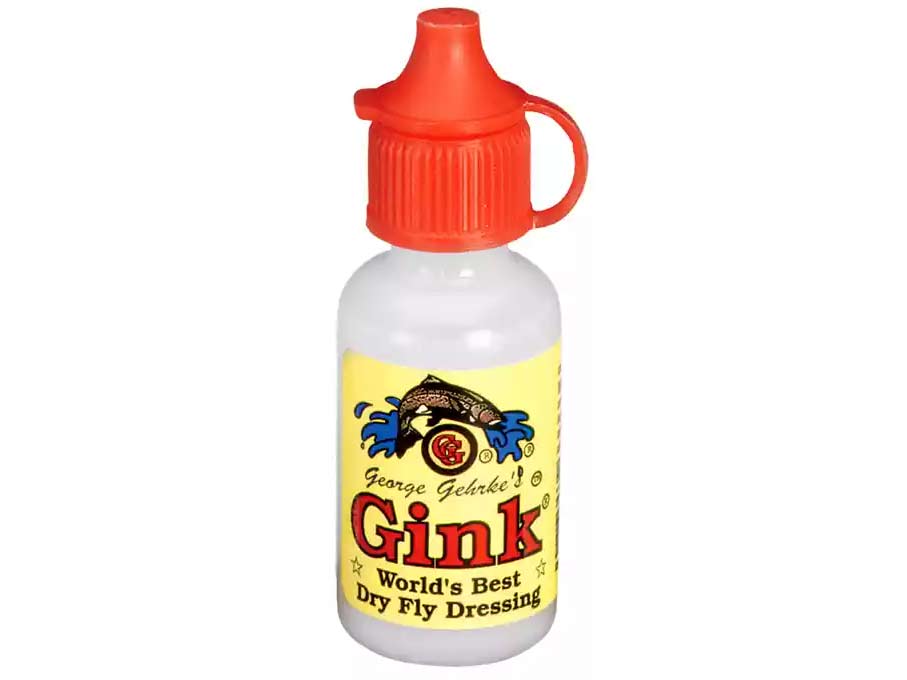
Keep your dry flies afloat with Gink. Bass Pro Shops
BUY NOW
Gink, or any kind of floatant, will help alleviate a common frustration: dry flies getting waterlogged and sinking under the surface. Use this stuff sparingly to dress your dry flies, and they’ll float like corks. You’ll be able to keep them on the water longer, instead of up in the air drying off—and this will help you catch more fish. Some anglers prefer a hydrophobic powder to keep their flies afloat. However, gel floatants like Gink are easy to use and good for when you’re starting out. $5; basspro.com
10. Redington Clark Fork Vest
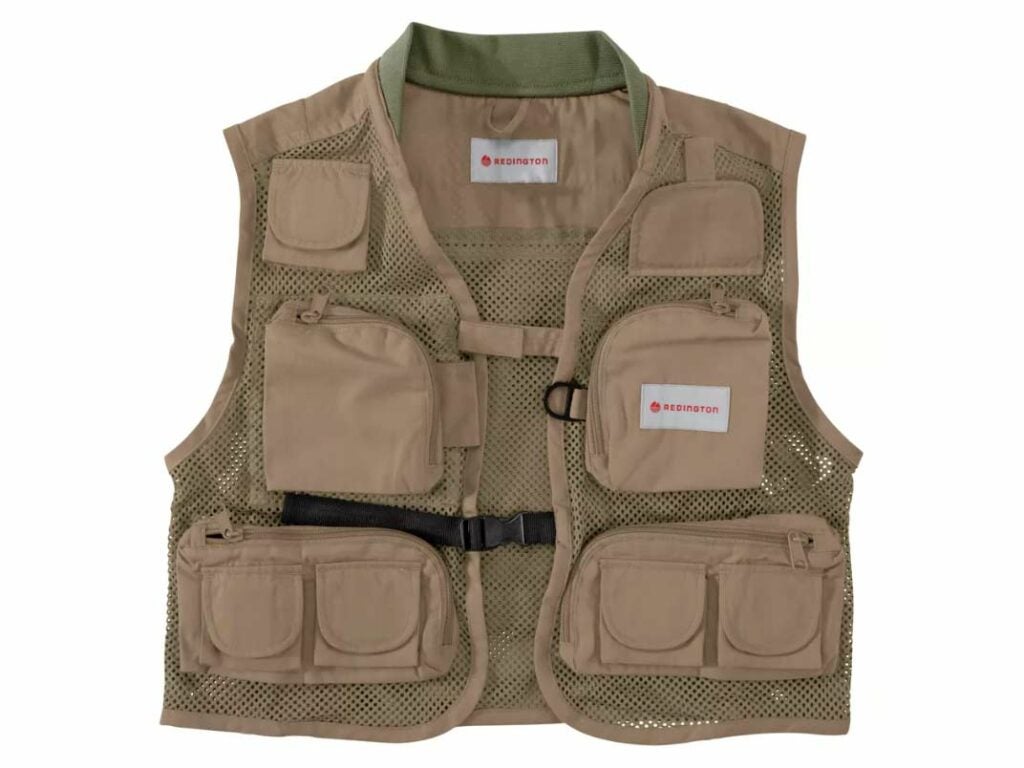
You’re going to need a vest or a bag to hold all of this stuff you’re about to buy, and this lightweight, breathable, and extremely affordable option from Redington is hard to beat. It’s made from mesh all the way around so you can still wear it in hot weather. The vest has plenty of pockets and features to keep you organized while you’re on the water, but not so many that you’ll get confused. The Clark Fork retails for about $40 dollars but I’ve seen it as low as $20. redington.com
11. Booms Flyfishing Vest Tool Kit
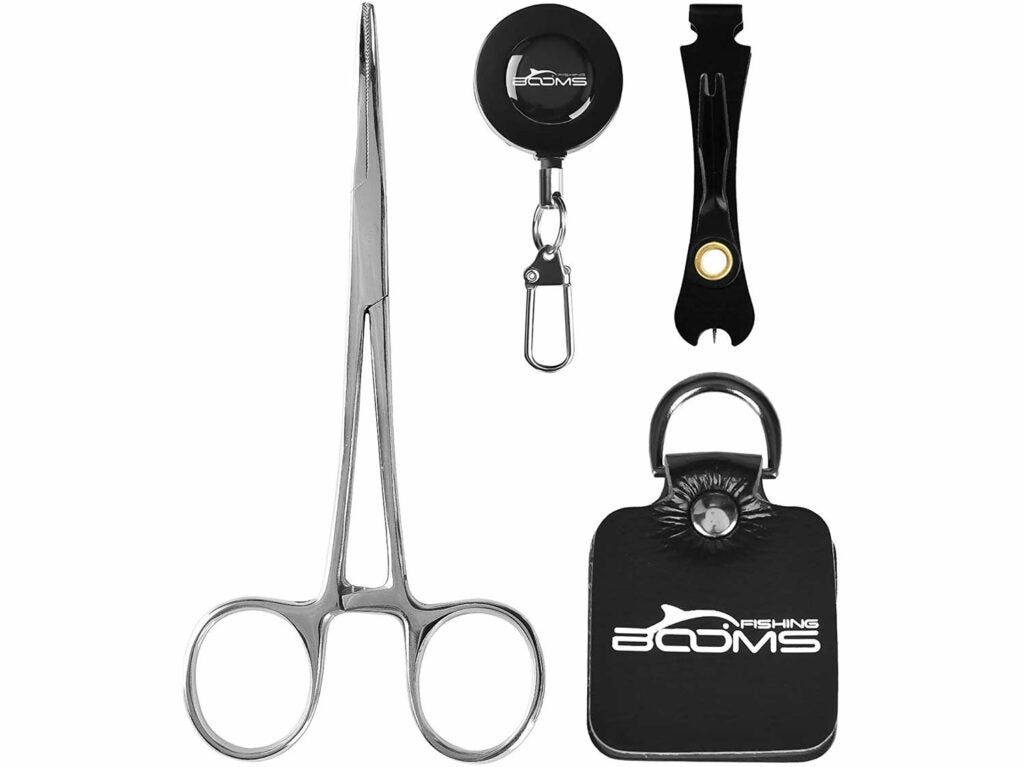
Sure, you can cut line with your teeth and wriggle hooks from a fish’s mouth with your fingers, but there’s a better way to handle these small tasks. A set of hemostats will cover dozens of jobs you’ll do while you’re on the water, and line clippers will let you cut knots as close as possible. This set from Booms includes both. It’s cheap, and it comes with a retractable zinger. Pin it somewhere on your fishing vest where you’ll be able to reach for it quickly. There are a lot more tools you can get, and probably will get, but these are the ones that are hard to live without. $14; boomsfishing.com
Credit: Source link

















